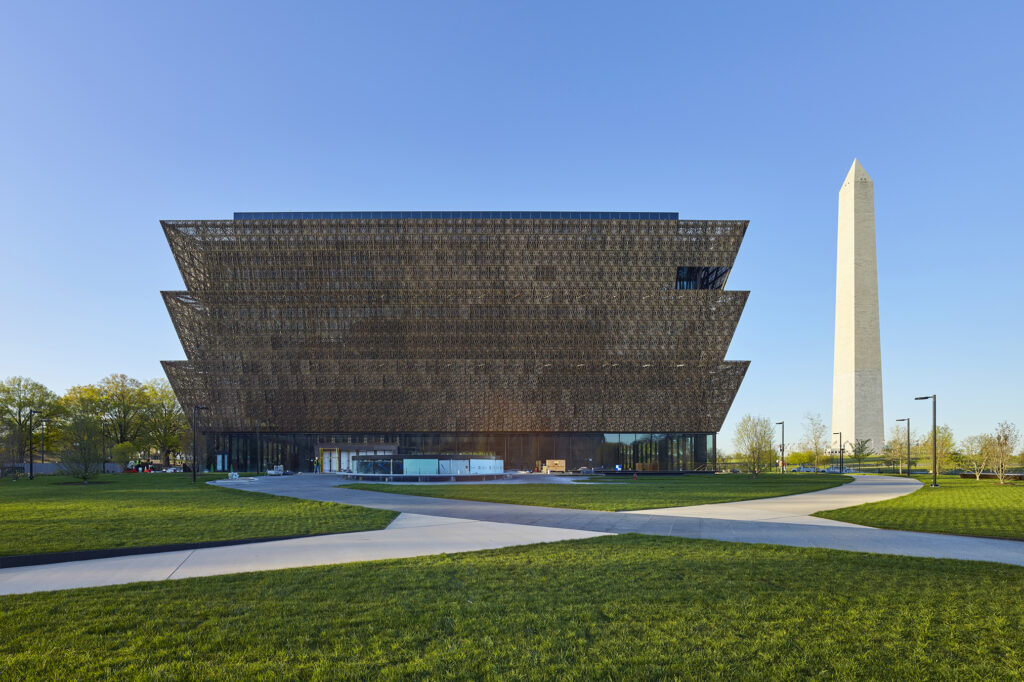CNN anchor and legal analyst Laura Coates is questioning whether political influence is creeping into the preservation of Black history at one of the nation’s most revered institutions: the Smithsonian’s National Museum of African American History and Culture.
In a thought-provoking on-air segment, Coates addressed growing public skepticism over reports that historic Civil Rights-era exhibits, including the Greensboro, North Carolina lunch counter and a Bible carried during protests with Dr. Martin Luther King Jr., were being removed from the museum.
The Smithsonian has denied the claims, stating that the lunch counter and stools remain on display, and that the Bible loaned by Rev. Amos Brown was returned as part of standard museum procedures.
Still, Coates noted that trust in the institution is wavering—largely because of growing political pressure tied to a recent executive order from President Donald Trump titled Restoring Truth and Sanity to American History.

The order criticizes what it describes as a “revisionist movement” that undermines U.S. values and calls out the Smithsonian by name for allegedly promoting narratives that portray American and Western values as “harmful and oppressive.”
Trump has charged Vice President J.D. Vance with working alongside Congress to eliminate funding for museum exhibits and educational programs that, in the administration’s view, degrade shared American values or promote ideologies “inconsistent with federal law and policy.”
But as Coates pointed out, while the president cannot directly control the Smithsonian’s operations, money talks. The Smithsonian’s $1 billion annual budget comes primarily from congressional appropriations and federal contracts—raising concerns that funding could be used as leverage to sanitize historical narratives that some political leaders find inconvenient.
“Assuming [the Smithsonian’s denial] is all true,” Coates said, “why are people so skeptical?” She pressed further: “Who gets to decide what part of our history is worth preserving, let alone telling? Not the pretty version… but the real one that holds up a mirror.”
The Smithsonian Institution is governed by a Board of Regents, which includes Vice President Vance, Chief Justice John Roberts, members of Congress, and private citizens.
While that structure offers checks and balances, critics worry that political ideologies may increasingly shape how U.S. history is presented—especially the often painful truths of slavery, segregation, and systemic racism.
